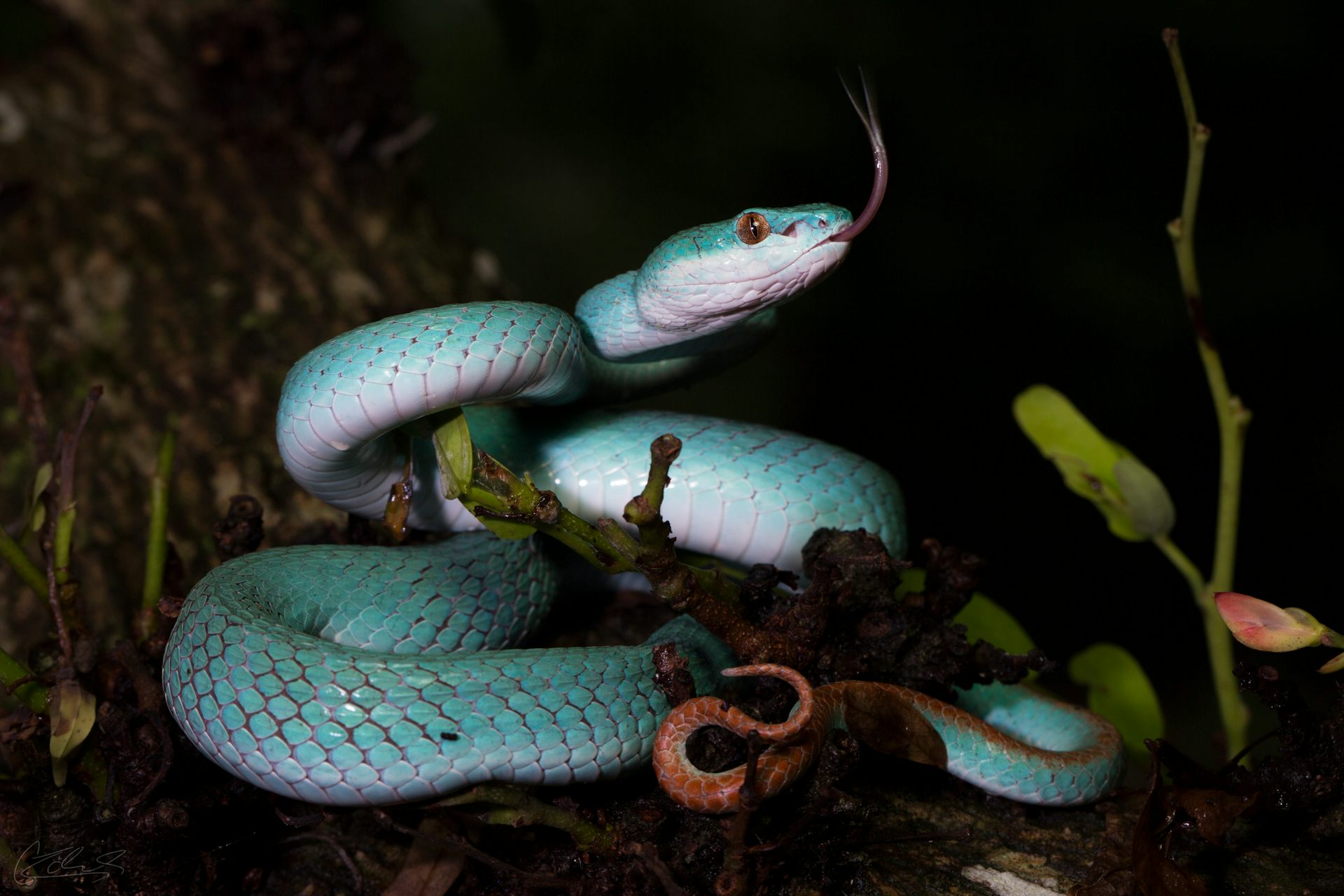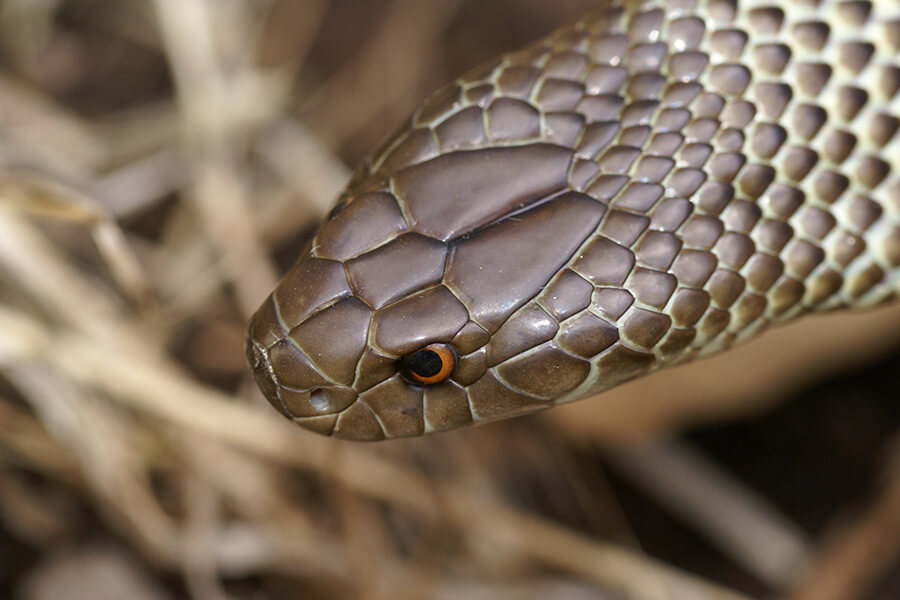Introduction
Snake bites are a major medical emergency situation that can happen in various atmospheres, especially in areas where snakes prevail. In Australia alone, there are various varieties of venomous snakes such as the Tiger Snake, Eastern Brown Serpent, and King Brown Snake. Understanding exactly how to effectively manage serpent attacks is vital for any person that hangs out outdoors or lives in rural areas. This article will check out detailed emergency treatment monitoring approaches for snake attacks and outline best techniques for reacting to these incidents.

First Help Management of Snake Bites: Finest Practices for every single Situation
When dealing with a snake bite, the initial action can significantly influence the target's result. Immediate activity is important since speedy clinical intervention usually establishes the level of injury or survival rate. Right here are essential first aid principles to remember:
Stay Calm: The primary step in managing a snake bite is to stay calm. Panic can raise heart rates and boost the spread of venom throughout the body. Call for Help: Dial emergency situation solutions immediately. Provide them with your place and any type of details about the serpent if possible. Keep the Target Still: Motivate the sufferer to stay as still as possible. Motion can increase blood circulation, accelerating poison absorption right into the bloodstream. Positioning: If possible, place the damaged arm or leg at or listed below heart level. This positioning helps slow down poison spread. Remove Tight Clothing: Loosen up any clothes or precious jewelry around the bite site; swelling may happen quickly after a serpent bite. Do Not Apply Ice/Cold Packs: As opposed to common belief, using ice can aggravate tissue damages and ought to be avoided.Understanding Snake Types and Their Habitats
Tiger Serpents and Their Habitat
Tiger serpents click here (Notechis scutatus) are amongst Australia's many infamous venomous serpents as a result of their hostile nature and powerful venom.

- Habitat: They commonly occupy seaside areas, wetlands, and areas with dense plants like marshes and swamps. Risks: Awareness of regional tiger snake habitats can lower the threat of running into one unexpectedly.
Eastern Brown Snakes: A Considerable Threat
The Eastern Brown Snake (Pseudonaja textilis) is an additional very venomous species found throughout eastern Australia.
- Habitat: This snake thrives in city areas, farming lands, and grasslands. Behavior: Recognized for its quick strikes when endangered, understanding its behavior may help mitigate encounters.
Recognizing Signs of Snake Bites
Identifying symptoms early on can enhance chances of efficient treatment:
Local Symptoms:
- Pain and swelling around the bite site Discoloration or bruising
- Nausea or vomiting Difficulty breathing Signs of shock (e.g., light skin, fast heart beat)
First Aid Protocols for Specific Serpent Bites
First Help for Tiger Serpent Bite
In case of a tiger serpent bite:
Stay tranquility; maintain still. Call emergency services immediately. Immobilize the impacted arm or leg utilizing a splint if available. Do not try to draw out poison or apply ice.First Aid for Eastern Brown Snake Bite
For an eastern brown serpent bite:

Creating Your Serpent Bite Emergency Treatment Kit
A well-prepared first aid kit can make all the distinction during emergency situations:
|Product|Purpose|| -------------------------------|---------------------------------------------------|| Compression plasters|To incapacitate limbs|| Sterilized gauze|To cover injuries|| Antihistamines|For allergic reactions|| Emergency call numbers|Quick accessibility during crises|| Instruction manual|Step-by-step guidance on managing emergencies|
What Needs to You Never Do When Treating a Serpent Bite?
Here's a checklist of common pitfalls when treating serpent bites:
Do not use tourniquets; they can trigger even more damage than good. Avoid reducing right into or trying to draw out venom from the wound. Never offer alcohol or energizers to sufferers as it could exacerbate their condition.FAQs Concerning First Aid Management of Serpent Bites
1. What should I do if I see a snake?
Stay calm and retreat gradually without sudden movements.
2. Exactly how do I recognize if a serpent is venomous?
Research local varieties' characteristics; many have distinct color patterns or markings.
3. Can I utilize ice on a snake bite?
No, applying ice can boost tissue damage.
4. How long do I have actually after being bitten prior to seeking medical attention?
first aid kit snake biteSeek clinical interest instantly-- time is important with poisonous bites!
5. Is it risk-free to drive myself to the hospital after a bite?
No! It's hazardous as signs may aggravate en course; wait on professional help.
6. Are all serpents in Australia dangerous?
No! While Australia has numerous harmful snakes, there are likewise non-venomous types that position no threat.
Conclusion
The first aid monitoring of serpent attacks requires prompt activity integrated with understanding concerning local varieties' habits and environments like those of tiger snakes and eastern brownish serpents in Australia. By following ideal methods detailed above-- such as remaining calmness, Snakebite first aid calling emergency services quickly, and understanding what not to do-- you significantly enhance survival opportunities after such crashes occur.
Equipping on your own with expertise regarding various kinds of snakes in your area and preparing a proper first aid package will guarantee you're ready should an encounter occur-- making you much better prepared to manage this potentially deadly circumstance effectively!